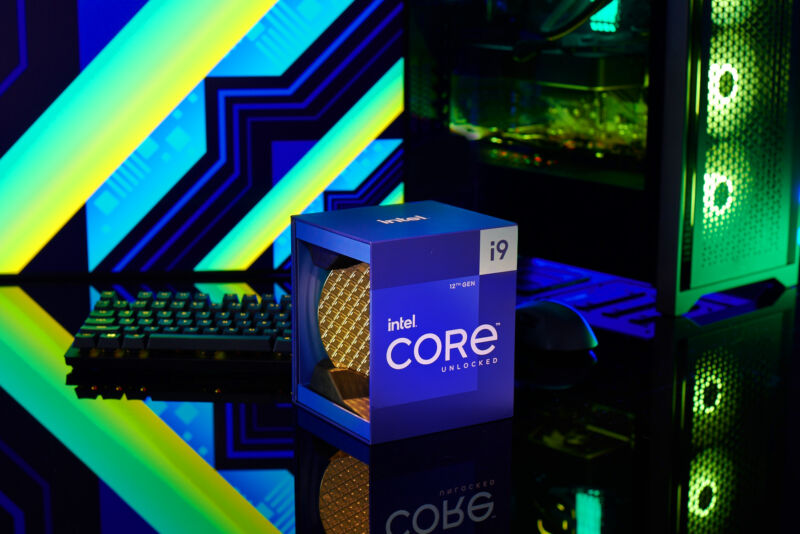- Joined
- Sep 26, 2021
- Posts
- 7,503
- Main Camera
- Sony
Intel Core i9-12900K and Core i5-12600K Review: Retaking the Gaming Crown
Alder vs Zen, Fight!
Those power numbers are, as predicted, insane. Base 125W, Turbo 241W. Max 272 W. For just a CPU.
Single thread P-core uses 55-65 W. By itself. 11-15 W for the E-core.
Weirdly, the P-cores support AVX-512 and the E-cores do not, but instead of just ensuring that all threads that need it are routed to the P-cores, they just disabled the AVX-512 hardware in bios.
Thread Director makes naive assumptions. Workload not in user focus gets deprioritized. Dumb.



